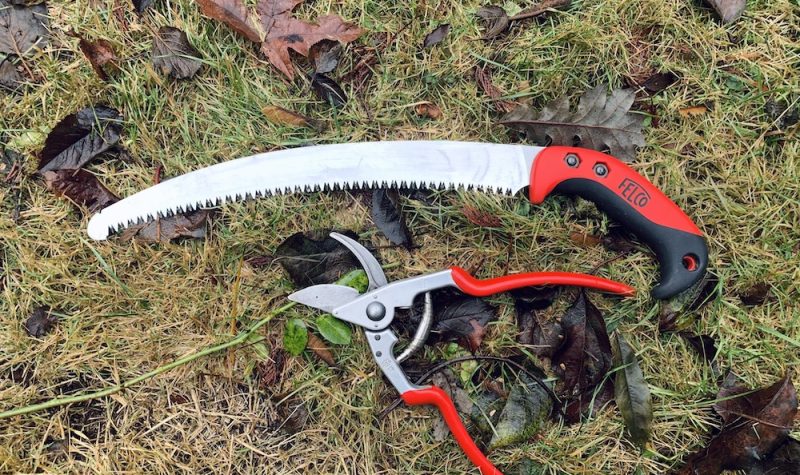Late winter into early spring is the best time to prune fruit trees in temperate regions like coastal British Columbia, according to The Old Farmer's Almanac.
"Plant health is the primary reason for pruning. Look for the 4 "Ds"—dead, dying, diseased, or damaged branches—these should be removed. Also look for spindly or weak growth, as well as any branches that are crossed or rubbing," the Almanac article suggests.

Bill Wheeler has 12 fruit-bearing trees in his own orchard, where he successfully deterred an apple maggot infestation last year. Photo by Anastasia Avvakumova.
Local orchardist Bill Wheeler has been working with trees for three decades and explained that while a tree will grow and produce fruit without pruning of any kind, skillful cuts can promote tree vigour and yield.
However, it takes time to observe the effect pruning has on trees, as it's usually done just once a year and trees grow slowly. Therefore, learning the skills can also be a slow process.
"Every tree is different, and the history of every tree is different," Wheeler says, adding that specific trees in one's backyard may look nothing like the illustration in a book on pruning.
This winter, he is offering a four session course that will demonstrate the basic premises of pruning in orchards around Cortes Island. To learn more, contact cmbw@twincomm.ca.
Listen to the CKTZ interview with orchardist and carpenter Bill Wheeler below:


